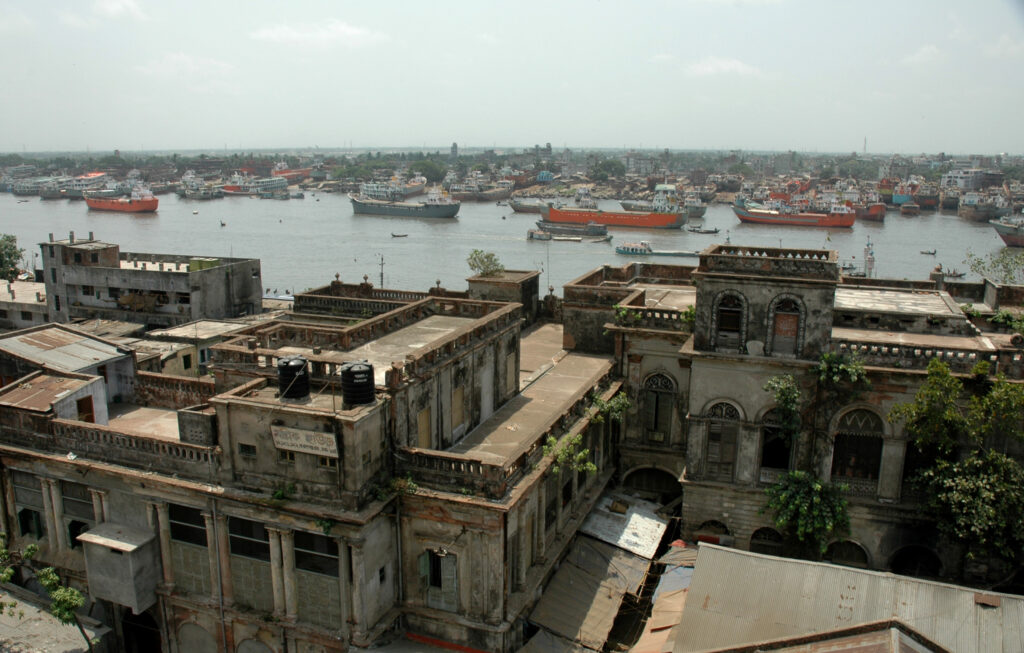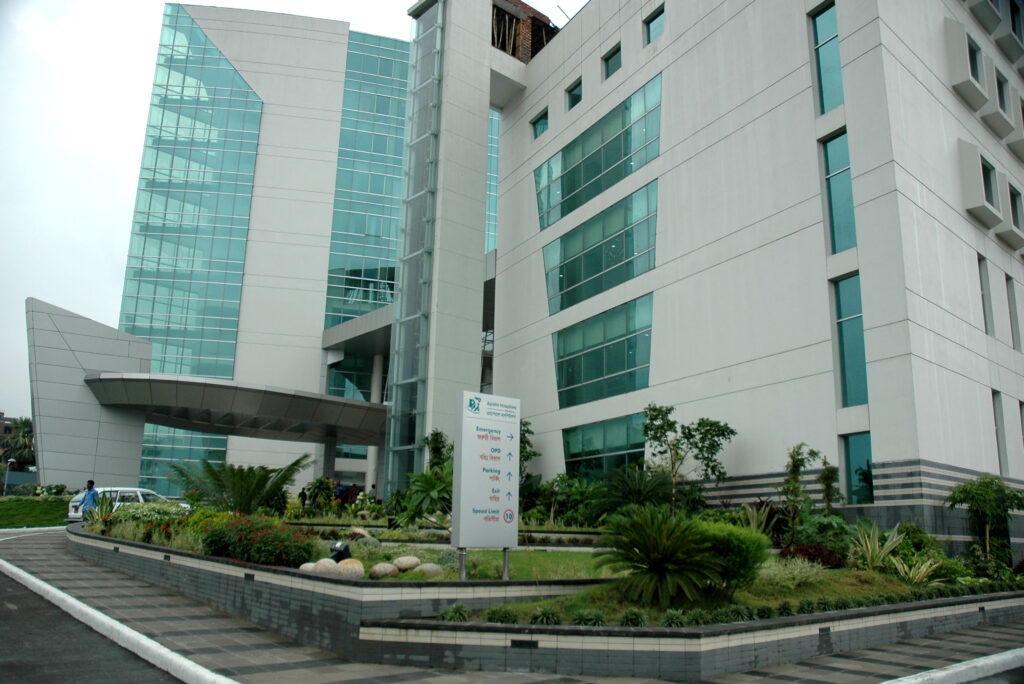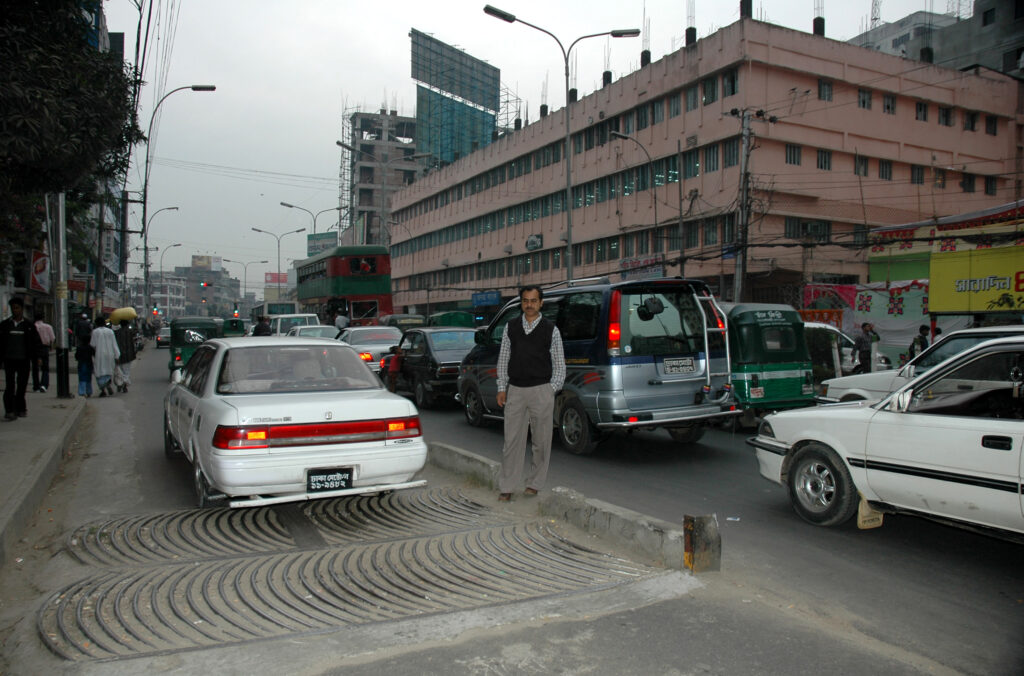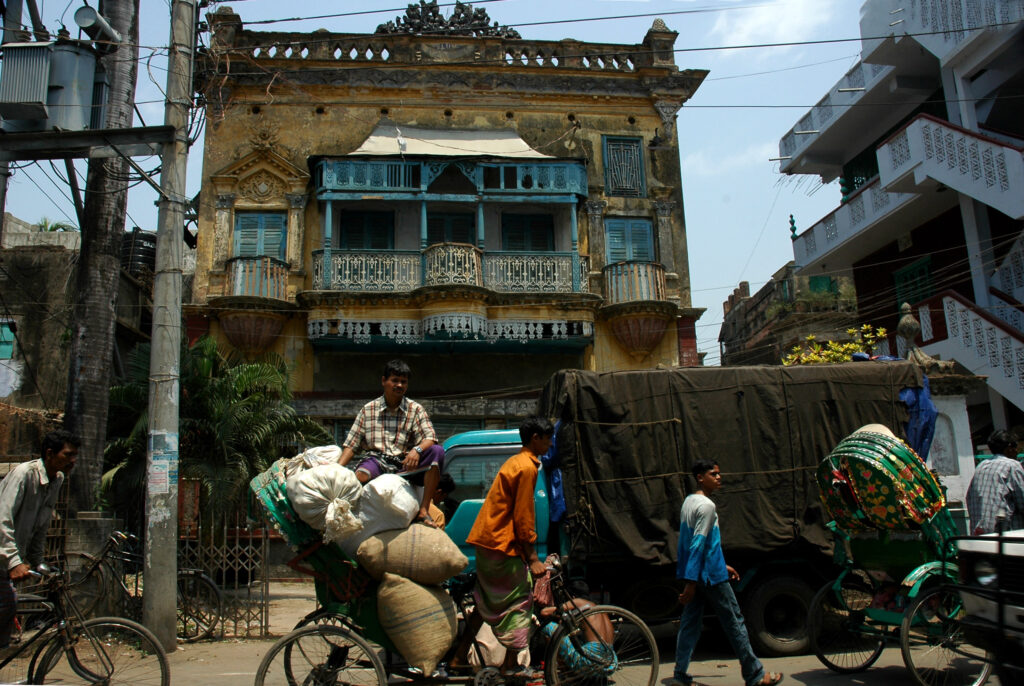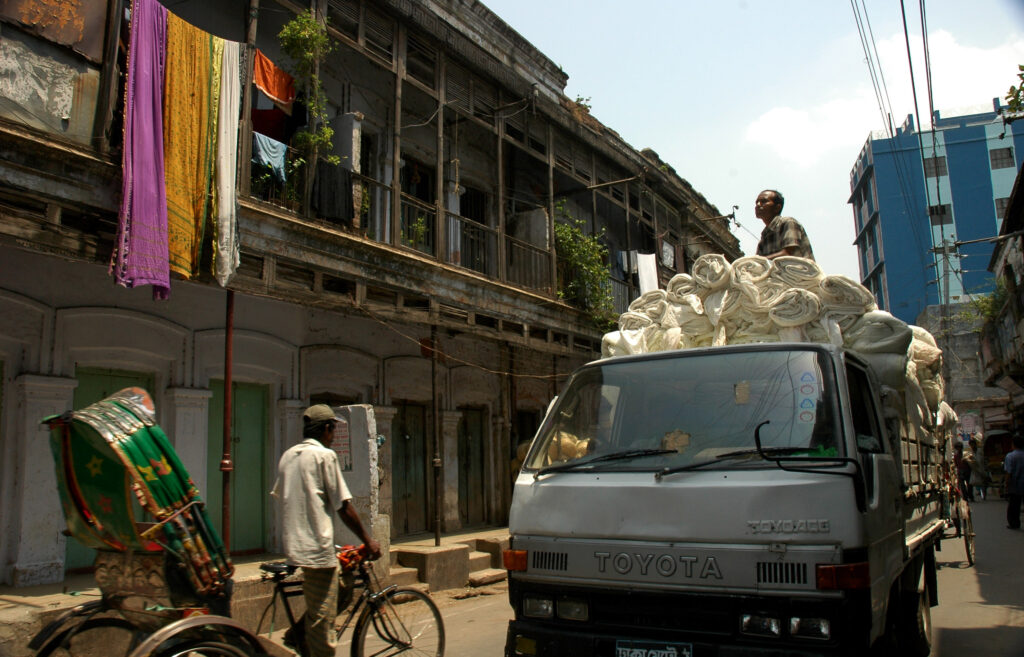Jahan-E-Alam in an engineer and lives in Sutrapur in Old Dhaka. Although he was not born in Dhaka City, he has lived here since his childhood and remembers growing up in the area and swimming in the river Buriganga. He was born in Nawabganj, not very far from the city.

He works for Siemens Bangladesh as the deputy manager of medical services division. His main responsibilities include looking after ultrasonogram machines, ventilators and monitors in hospitals. As his job involves regular visits to the hospitals he sees a lot of pain, especially those experienced by older people. He sometimes wonders whether he will also face a similar situation one day.
Although some people describe him as an inventor, he is reluctant to describe himself as such. He feels that as an engineer he can make positive contributions towards improving people’s lives by making practical devices. For example, in recent years he has preoccupied himself with the question of how to improve Dhaka City traffic flow as
jams are becoming more intolerable day by day. He realised that the problem was caused by motorised and non-motorised vehicles using the same roads. Improvements in traffic flow require their separation. His quest to find a technical solution resulted in the creation of the ‘Rickshaw Trap’, after four years of dedicated hard work. The purpose of the Trap is to discourage Rickshaw pullers from going into lanes or roads designated for motorised vehicles.
Currently, his device is being piloted in two busy spots, one on the left turn from Bangla Motor and other outside Shishu Mela Gate, Agargao. If a Rickshaw enters the trap it is unable to get out, thus creating a strong disincentive for them try again. Many people say that this device is having a magical effect on the roads where it has been piloted. The entire cost of the project came from his pocket. He is hoping that the government would take it forward but cannot predict what ill happen.
As a resident of Old Dhaka, Jan-E-Alam feels that the chaotic conditions of the old parts of the city can be improved by good planning and helping residents to understand that planned developments, such as widening certain roads would bring benefits for them, even if that meant giving up a small slice of their high-value land.
He says that when this part of Dhaka was originally built they followed good plans and houses were built on both sides of roads. But then later people started to build behind the original houses without following any rules or thinking how one’s benefit would detriment others and ultimately also themselves. He feels that in Old Dhaka the people have a greater degree of sympathy for each other and there is more mutual support. The area has its unique characteristics. It is famous for certain types of food, for example, Kacchi Biryani by Haji and Falkruddin. Shahi Halim is another favourite food of Old Dhaka.
One of the reasons why very little modern developments are taking place in Old Dhaka, according to Jan-E-Alam is because people with money and power have moved out and now live in new areas of Dhaka. He feels that they consider Old Dhaka to be chaotic and takes a lot of time to travel through. They also feel that lower-class people live in the area and therefore the richer and more modern sections of Dhaka society do not see Old Dhaka as somewhere they should go.
Old Dhaka is full of economic activities and a centre for import and export. On the above are pictures of packing and preparing for export, situated at the bottom of the complex where Jan-E-Alam lives. His house is also surrounded by many beautifully constructed late 19th and early 20th century houses with European Renaissance architectural style, especially along the river.
However, most of them are in a sorry state of decay and seeing the site of the once majestic Ruplal House can be quite a shock. One of the many positive aspects of living in the area is that from the roof of his house one can see picturesque views of the river Buriganga, although spoilt a little by the constant noise coming from the boat building and repairing works being undertaken on the other side of the river.
